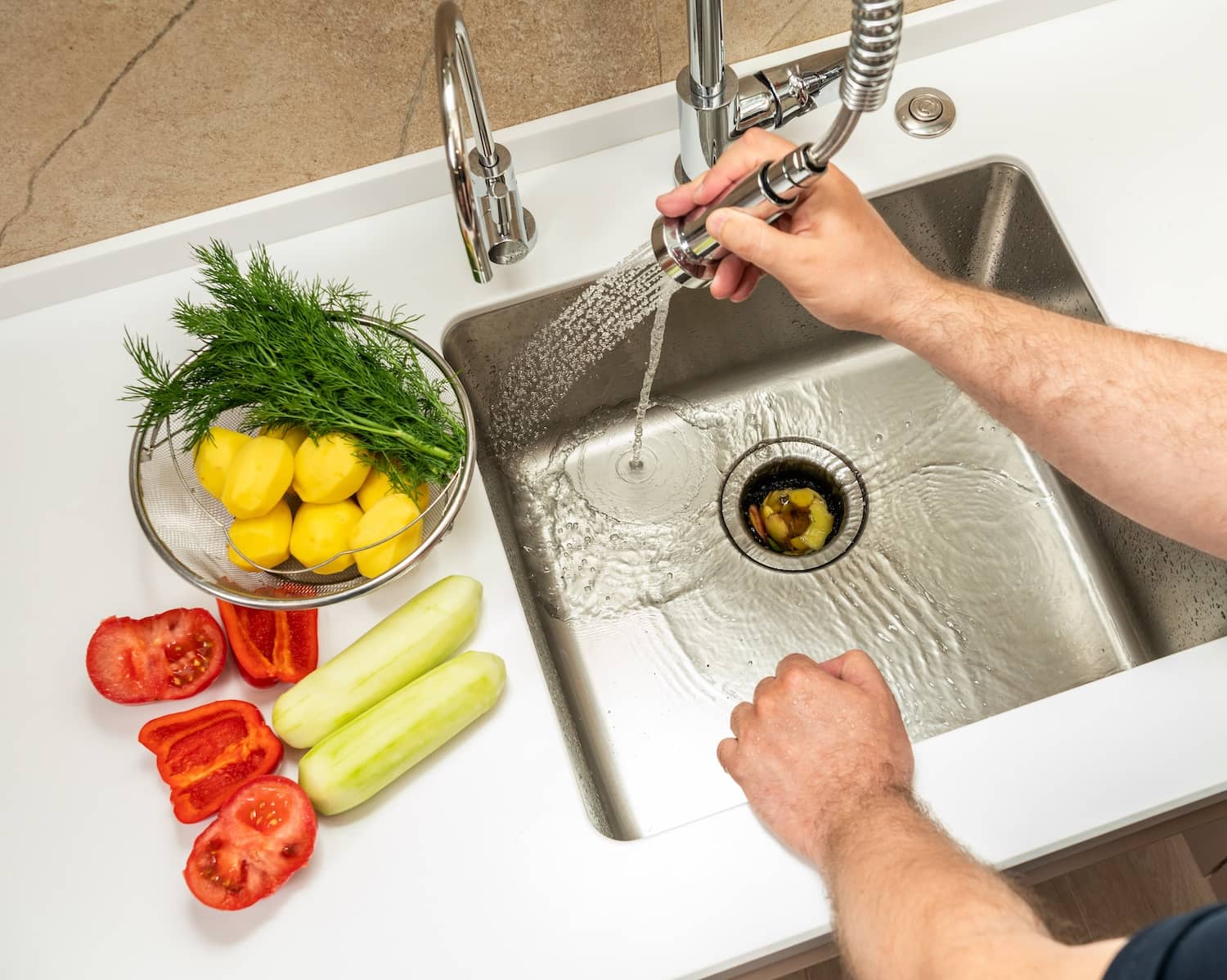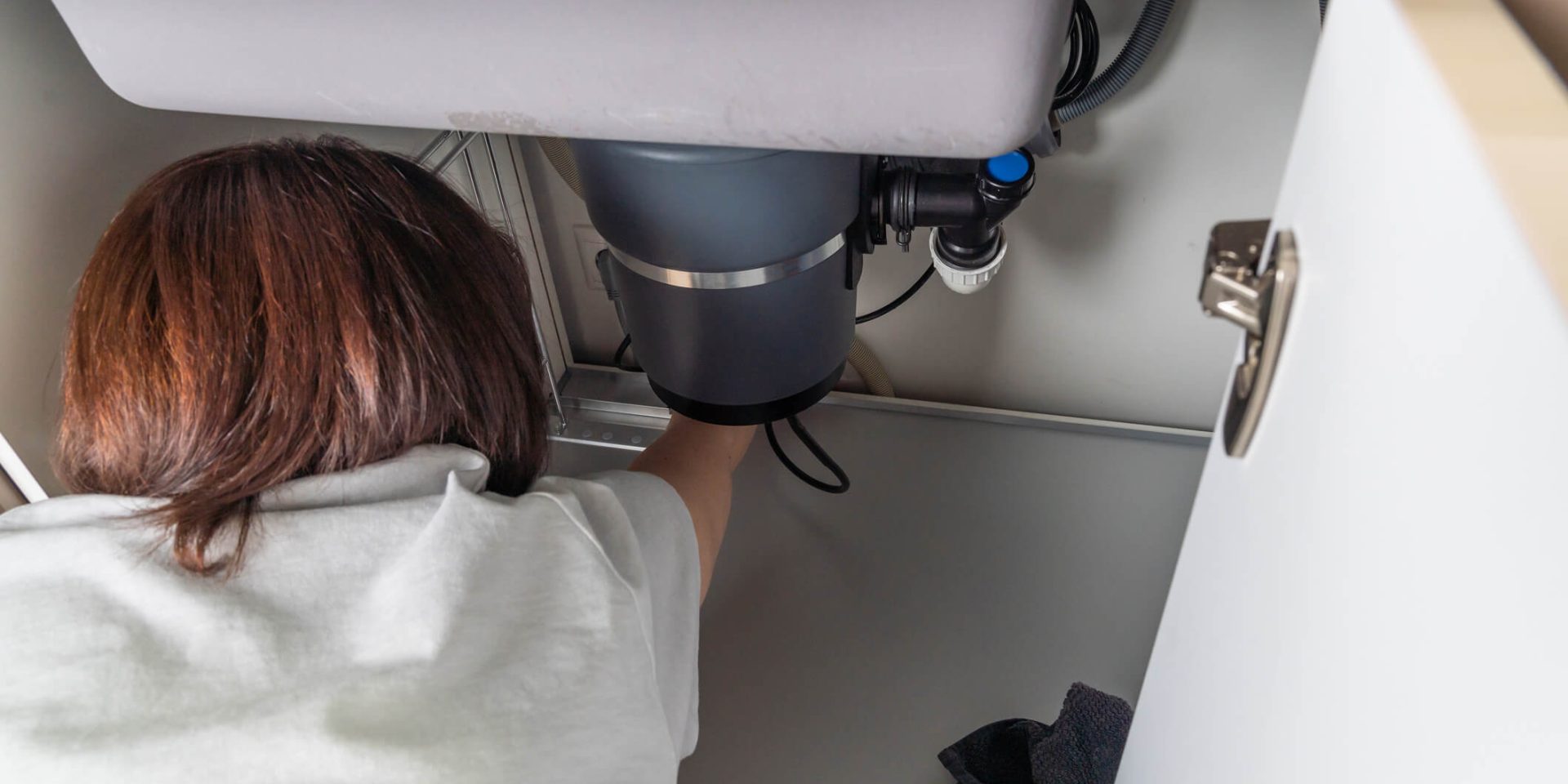Rapid Solutions for Fixing a Dripping Waste Disposal Unit
Rapid Solutions for Fixing a Dripping Waste Disposal Unit
Blog Article
We've encountered this article relating to Garbage Disposal Leaking From Bottom listed below on the net and concluded it made perfect sense to share it with you on my blog.

Waste disposal unit are essential cooking area home appliances that aid in taking care of food waste effectively. Nevertheless, a leaking garbage disposal can be an aggravating and messy issue to deal with. Luckily, several leaks can be dealt with conveniently with a few simple actions. In this write-up, we will review exactly how to repair a dripping waste disposal unit properly.
Introduction
Garbage disposals are mounted under kitchen sinks and are created to shred food waste right into smaller sized pieces, enabling it to travel through the plumbing system easily. While these tools are generally trusted, leakages can take place gradually due to wear and tear, loose links, or damages to the device.
Usual Reasons For Leaks in Rubbish Disposals
Worn Seals and Gaskets
Seals and gaskets play a critical duty in protecting against water from dripping out of the waste disposal unit. Gradually, these components can wear away, causing leakages around the disposal system.
Loose Links
The connections in between the garbage disposal and the plumbing system can come to be loosened in time, causing water to leakage out during operation.
Fractures or Openings in the Disposal Unit
Physical damage to the garbage disposal, such as fractures or holes in the real estate, can likewise cause leakages.
Identifying the Source of the Leak
Prior to attempting to repair a leaking waste disposal unit, it is essential to recognize the resource of the leakage. This can typically be done through aesthetic examination or by conducting straightforward tests.
Visual Assessment
Check the garbage disposal device meticulously for any kind of indicators of water leak. Pay close attention to locations around seals, gaskets, and link points.
Testing for Leakages
One method to evaluate for leakages is by running water via the disposal device and looking for any visible indicators of leakage.
Devices and Products Needed for Repairing a Leaking Garbage Disposal
Before beginning the repair work procedure, gather the needed tools and materials, consisting of a screwdriver, flexible wrench, plumbing professional's putty, substitute seals or gaskets, and epoxy or patching material for repairing splits or openings.
Step-by-Step Guide to Repairing a Dripping Waste Disposal Unit
Switch off the Power
Prior to trying any type of repair services, guarantee that the power to the garbage disposal unit is switched off to prevent the risk of electrical shock.
Find the Leak
Identify the precise area of the leakage and establish the reason.
Tighten up Connections
Utilize a wrench to tighten up any type of loose connections in between the disposal system and the plumbing system.
Change Seals or Gaskets
If the leak is because of used seals or gaskets, get rid of the old components and change them with new ones.
Patching Cracks or Openings
For fractures or holes in the disposal unit, usage epoxy or an appropriate patching material to secure the broken area.
Checking the Garbage Disposal After Repair Work
Once the fixing is complete, examine the waste disposal unit by running water through it to make certain that the leak has been resolved.
Preventive Maintenance Tips to Prevent Future Leaks
To prevent future leaks, it is important to perform regular upkeep on your waste disposal unit. This includes keeping it tidy, avoiding putting non-food products or tough items down the disposal, and periodically looking for leaks or other problems.
Verdict
In conclusion, repairing a leaking garbage disposal is a relatively straightforward process that can be completed with standard devices and products. By adhering to the steps laid out in this article and practicing precautionary maintenance, you can keep your garbage disposal in good working condition and avoid pricey repair services in the future.
HERE’S HOW TO FIX YOUR GARBAGE DISPOSAL
WHAT TO DO IF SOMETHING IS STUCK IN YOUR GARBAGE DISPOSAL
If the impeller won’t turn, there’s probably something stuck in the disposal. It could be a steak bone or peach pit, although plumbers report pulling all sorts of inappropriate objects out of disposals, such as bottle caps or aluminum foil. Make sure power to the disposal is off, and look inside to see if you can see the source of the jam.
Never stick your fingers in a disposal. Pull out anything you see with tongs or pliers.
If the disposal still won’t work, it may be time to call a plumber or consider buying a new disposal. GEM Plumbing & Heating is here for all of your garbage disposal needs.
WHAT TO DO IF YOUR GARBAGE DISPOSAL DRAIN IS CLOGGED
Take everything out from underneath your sink and put a bucket or other container under your disposal to catch any water that drains out. Disconnect your disposal from the power supply. If it’s plugged into a wall outlet, unplug it. If it’s hardwired into an electrical box, go to the electrical panel and turn off the breaker for the disposal. Pour ¼ cup of baking soda into the drain, followed by ½ cup of white vinegar. Give the solution a few minutes to fizz and do its work. Look into the disposal with a flashlight to see if you can see an object that might be causing the clog. If you see it, remove it using tongs or pliers. MORE TIPS ON DEALING WITH A CLOGGED GARBAGE DISPOSAL
Never use drain cleaner in a garbage disposal. It can damage the plastic parts inside the disposal. You can also be splashed with the caustic liquid while working to clear the clog. Beware! Never stick your fingers into a garbage disposal. Trust us — not a good idea. In many instances, your dishwasher drains through your garbage disposal. This allows the disposal to grind any large food particles that may be drained out of your dishwasher. There are some jurisdictions, however, where the plumbing code prohibits such a connection. WHAT TO DO WHEN YOUR DISHWASHER DRAINS THROUGH THE DISPOSAL
Run some water in the sink so your plunger has at least a ½-inch of water to create a seal and plunge vigorously up and down several times. You may need to repeat this several times. Run hot water down the drain to clear any residue that remains.

As a passionate person who reads on Why Is My Garbage Disposal Leaking From the Bottom?, I assumed sharing that piece of writing was really useful. Loved our piece of writing? Please share it. Help another person discover it. I praise you for your time. Don't forget to stop by our website back soon.
Click Here To Find Out More Report this page